Gardening, jogging, tennis or golf may trigger painful inflammation
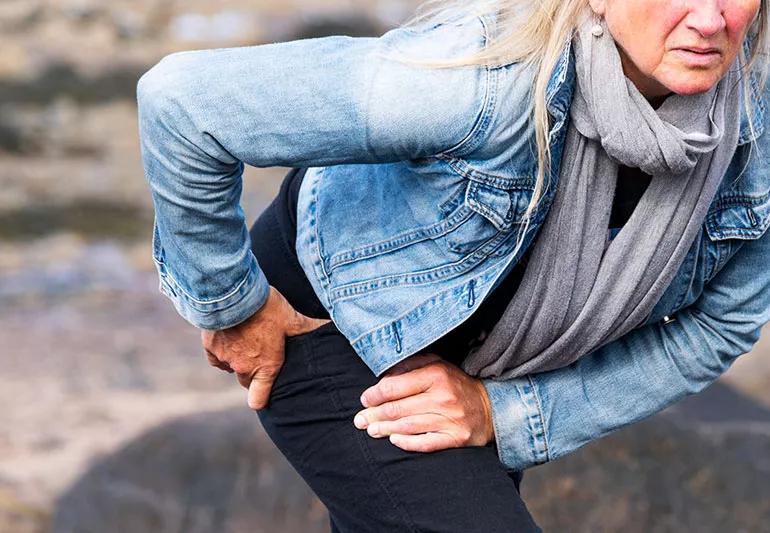
Do you tend to bump the car door shut with your hip? If so, don’t be surprised if your bursa complains.
Advertisement
Cleveland Clinic is a non-profit academic medical center. Advertising on our site helps support our mission. We do not endorse non-Cleveland Clinic products or services. Policy
Bursae are small sacs of fluid cushioning your bones, tendons and muscles near joints. Acute injury, overuse or degenerative arthritis in your hip or back can lead to a common condition known as bursitis.
This painful inflammation of the bursa and surrounding tissue commonly targets your hip and its many bursae. Typically, the bursae cushioning the outward portion of your upper thigh bone are affected.
Odds are good that you do something that puts you at risk of developing bursitis. Gardening, raking, jogging, bicycling long distances, and playing tennis, golf or even a musical instrument can increase your odds of developing bursitis.
Middle-aged and elderly women are especially prone to it, too. Ditto for people with very physical jobs, such as carpenters and house painters.
The bottom line? “Trochanteric bursitis can affect anyone,” says rheumatologist Scott Burg, DO.
Trochanteric bursitis brings warmth, swelling and pain to your outer thigh that can spread down to your knee. Walking intensifies the pain, limping is common and climbing steps can become difficult. Tenderness on the side you’re lying on may interfere with sleep.
“But everyone’s response to pain is unique,” notes Dr. Burg. “Some people feel minimal discomfort that annoys them, while others sense pain more intensely. That’s why some people don’t need much anesthetic when a tooth is pulled, while others need a truckload.”
Advertisement
Home treatment with rest, ice and anti-inflammatories can help. It’s also important to avoid any activities that cause pain, including excessive standing.
Most trochanteric bursitis resolves on its own after two weeks. If home treatment hasn’t relieved your discomfort after two weeks, it’s time to see a doctor. A specialist in orthopaedics, rheumatology or physical medicine and rehabilitation can help.
Your doctor may ask you questions like:
Sometimes, your doctor may recommend physical therapy. If that doesn’t help, your provider may inject steroids into the bursa to relieve the inflammation.
“Injections can bring long-lasting and sometimes permanent relief,” says Dr. Burg. “But they won’t be effective if you keep doing the work or activity that caused your bursitis in the first place. You have to eliminate the source of the problem.”
In the rare cases where trochanteric bursitis persists after 12 months of medical therapy, surgery can be considered.
But chances are, with proper care, your bursa will stop complaining long before that.
Advertisement
Learn more about our editorial process.
Advertisement
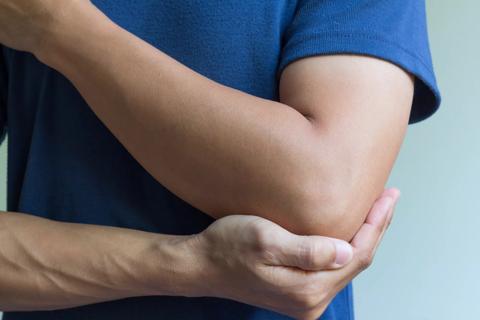
See your doctor if pain persists
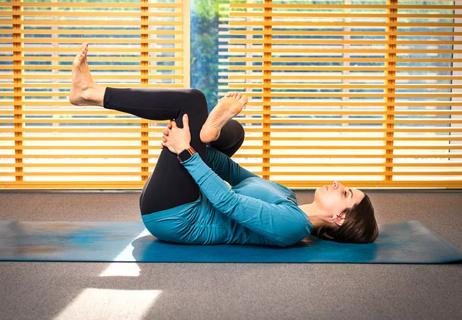
Strengthen your hip muscles with yoga
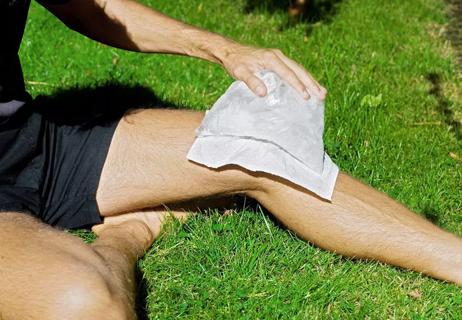
Take the ache away from your joints with these at-home exercises
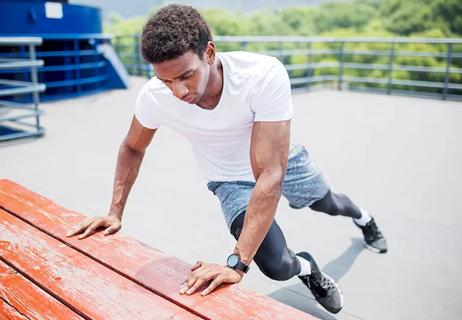
Yes, but you have to go well beyond stretches and yoga poses
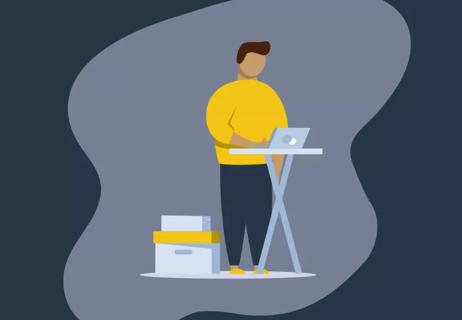
Luckily, there are simple remedies
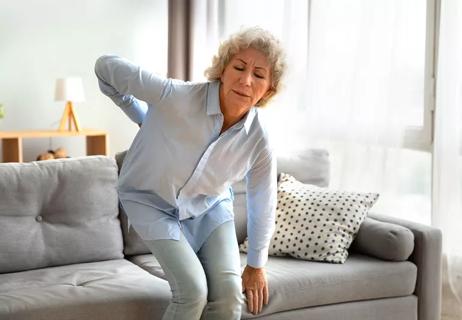
How to pinpoint the source of your pain
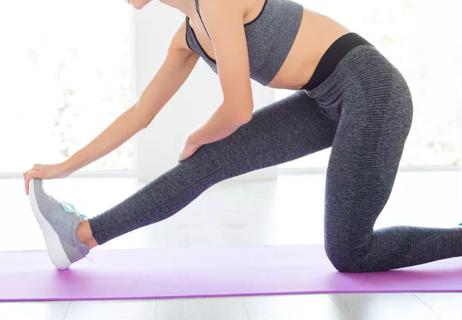
Even yoga or pilates can cause issues

Most recommended precautions center around minimizing bruising or swelling

Type 2 diabetes isn’t inevitable with these dietary changes

Applying a hot or cold compress can help with pain